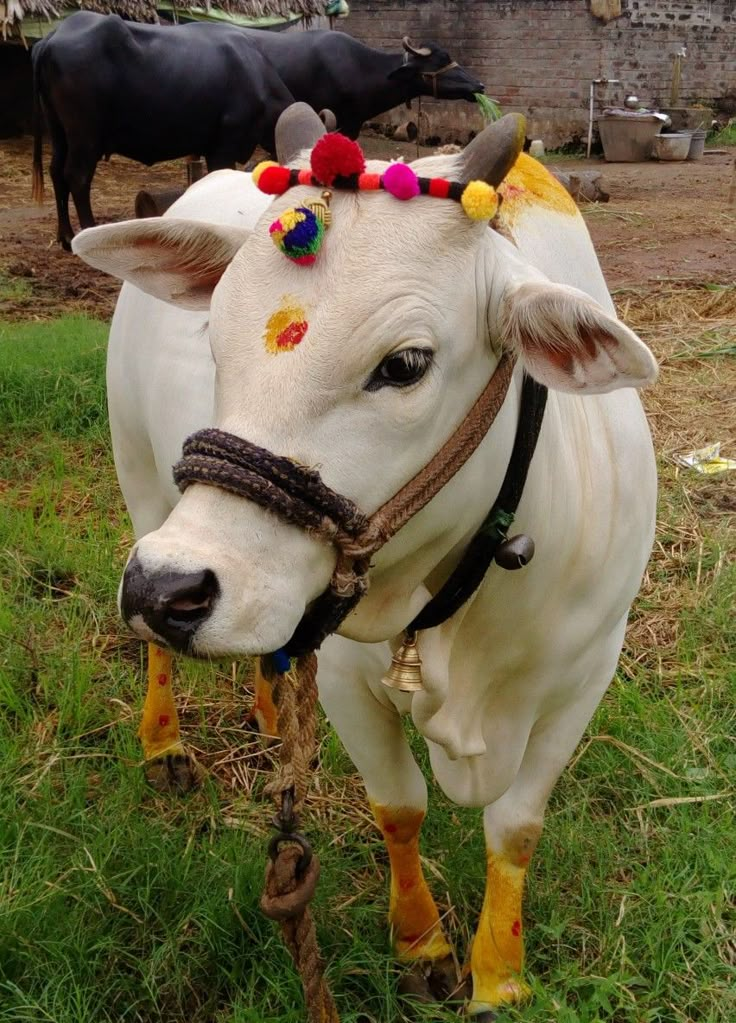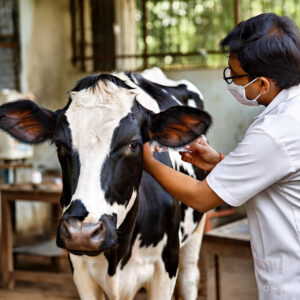India is home to a rich variety of indigenous cow breeds, each known for its adaptability, resilience, and cultural significance. These native cows have supported Indian agriculture for generations, offering health benefits through A2 milk and playing a crucial role in organic farming.
Why Indigenous Cow Breeds of India Matter
Unlike crossbred cows, indigenous breeds are naturally resistant to local diseases, thrive on low-cost feed, and are environmentally sustainable. Their milk contains the A2 protein, which is believed to be easier to digest and nutritionally superior.
Key Indigenous Cow Breeds of India
- Gir (Gujarat): High milk yield and gentle nature.
- Sahiwal (Punjab & Haryana): Excellent milk quality and heat tolerance.
- Red Sindhi: Originating from Sindh, ideal for hot climates.
- Kankrej (Gujarat/Rajasthan): Strong, disease-resistant dual-purpose breed.
- Ongole (Andhra Pradesh): Globally recognized for its stamina.
- Punganur: Smallest native cow breed, produces nutritious milk.
- Malnad Gidda (Karnataka): Hardy breed from the Western Ghats.
- Hallikar & Amrit Mahal: Strong bullocks used in traditional farming.
Conservation and Awareness
Many of these indigenous cow breeds of India are under threat due to modernization and crossbreeding. Conservation efforts like the Rashtriya Gokul Mission aim to protect their lineage and encourage farmers to rear native cows for long-term benefits.
https://www.nddb.coop -NDDB on Indigenous Cattle




